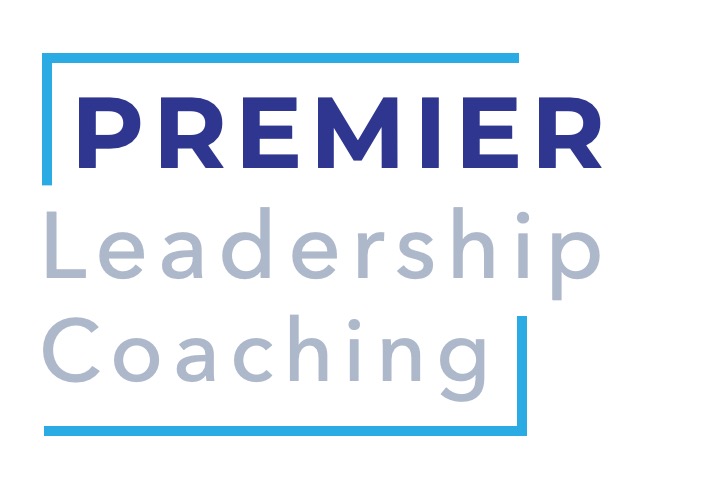Every high-achieving professional has had this experience at least once in his career – the one where he plops down exhausted at the end of a day filled with phone calls, emails, drafting, and meetings wondering where the day has gone. His head hits the pillow with him questioning whether he has gotten anything accomplished at all. Unfortunately, for most of us, this is not a once in a lifetime occurrence. Rather it is quite common, more along the lines of take twice daily for seven to ten days.
If you find this happening to you, it is worth reflecting upon. By doing so, you afford yourself the opportunity to determine whether all of your busyness is moving you in the right direction, propelling you forward, and helping you progress. Thankfully there is a straightforward three-step process you can use to figure out whether you have been spending your time productively or whether all of your efforts have been for naught.
This is not your mother’s to-do list: Create a to-do list. It does not have to be pretty. This is not a beauty pageant. Think function over form. This list should contain the tasks, projects, and items to which you want to attend in a particular week. The days of the week should be listed in column form and each of your to-dos should be assigned to a specific day. This list is a living breathing document so I suggest using pencil. Items can be moved from one day to another and they can be lightly crossed out, but they cannot be erased. As new activities arise over the course of the week, list them in no particular order at the bottom of the page. If you would like to see a snapshot of my most recent list, shoot me an email. Your list will serve many functions, it will help you accomplish your weekly goals, it will keep you accountable, and it will serve as a journal of where you are spending your time and for what you are striving.
One size does not fit all: Develop your unique criteria. We all have different measures. More specifically, what is your bright-line test for what constitutes a good use of time? For instance, to be considered constructive the thing on which I am working has to fall into one of three categories – building my first product line, building my second product line, or servicing current clients. I also consider whether the “time snatcher” goes towards my short-term responsibilities or my long-term vision. Lastly, I look at whether it will generate revenue or whether it will build goodwill.
Walk the talk: The last step is to put the first two phases of the process together. Look at each entry on your list and test it against each of your criteria. In which of your buckets does listening to the TED Talks fall? Are reading Lindsay’s emails part of your ten-year plan or short-term immediacy? How is researching service orientation going to make money? At the end of this exercise, each entry should have been examined and have a clear and compelling reason for what it is doing on the list. If not, the entry won’t be there for much longer.
This framework is more art than science. Building a to-do list is a little bit like choosing a spouse. Generally, you will be more successful if you do it yourself. This applies to identifying test criteria as well. No one can do it for you. Only you can figure out whether you are spending your time in a way that is beneficial. Nonetheless, having a system in place facilitates doing so. If you consistently use this process, your afternoons spent treading water surely will be replaced with logging measurable mileage in your run towards success.
